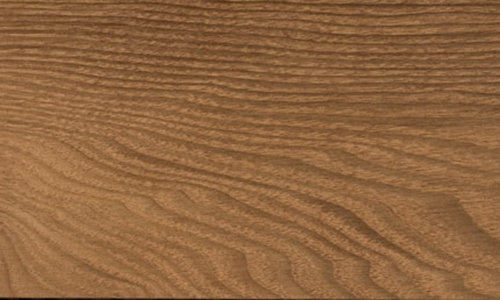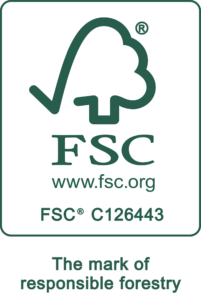Thermo Ash
The thermo ash is a heavy, undifferentiated wood, slightly yellowish in color. Sometimes the inner part of the stems has a dark color (false heartwood), this anomalous coloration is considered a defect, but in some cases it is appreciated because the appearance of the wood is similar to that of the Olive tree (the Ash in this case is commercially known as “Olive Ash”).
The veins are very evident because the spring vases are clearly visible to the naked eye: the texture is coarse and the grain is generally straight, even if there are trunks with wavy fibers.
Technological properties
The thermo ash is characterized by a semi-hard wood, with medium-sized shrinkage, very resistant to bending and moderately stiff.
It is easy to work, it is often also used for blanking. A typical use is in massive steam-curved pieces.
It is not naturally resistent to fungus and is not resistant to insect attacks, but can be impregnated with preservatives.
Use
The thermo ash wood is particularly used for products that have to withstand mechanical stress and in particular bending and curving. At one time it was used mainly for the production of skis, sleds, tennis rackets, clubs, oars, handles, car body pieces.
Currently it is used mainly for furniture and decor, even valuable, furnishings and crafts, floors, stairs and mortuary bonnets. Characteristic is the use of the “Olive Ash” for the realization of the skirting boards to accompany the Olive flooring.
Typical defects
Internal tensions, often the central area of the trunk has an olivaceous color, nodes with a partridge eye.
Technical details of the thermal ash
| Family | European Hardwood Family |
| Scientific name | Fraxinus excelsior |
| Other names | Frassino maggiore (I); Frene (F); Asch (GB), Esche (D); Fresno (E) |
| Geographical origin | Mixed hilly and mountainous deciduous forests of central and southern Europe. Frequent also in ornamental trees |
| Specific weight Medium | Fresh 960 kg/m3 |
| Dried 720 kg/m3 | |
| Sawing | Easy |
| Drying | Easy, with some risk of deformation |
| Planing | Easy |
| Glueing | Easy |
| Nailing and screwing | Better with preventive site preparation |
| THERMO TREATMENT | High temperature thermo treatment (performed at temperatures between 170 and 250 ° C) the color of the wood becomes clearly darker. The levels of moisture balance and the swelling of wood decrease, reducing the mechanical properties of the wood itself, but increasing the resistance against fungal attacks. The more intense the treatment, the darker the wood will become |








